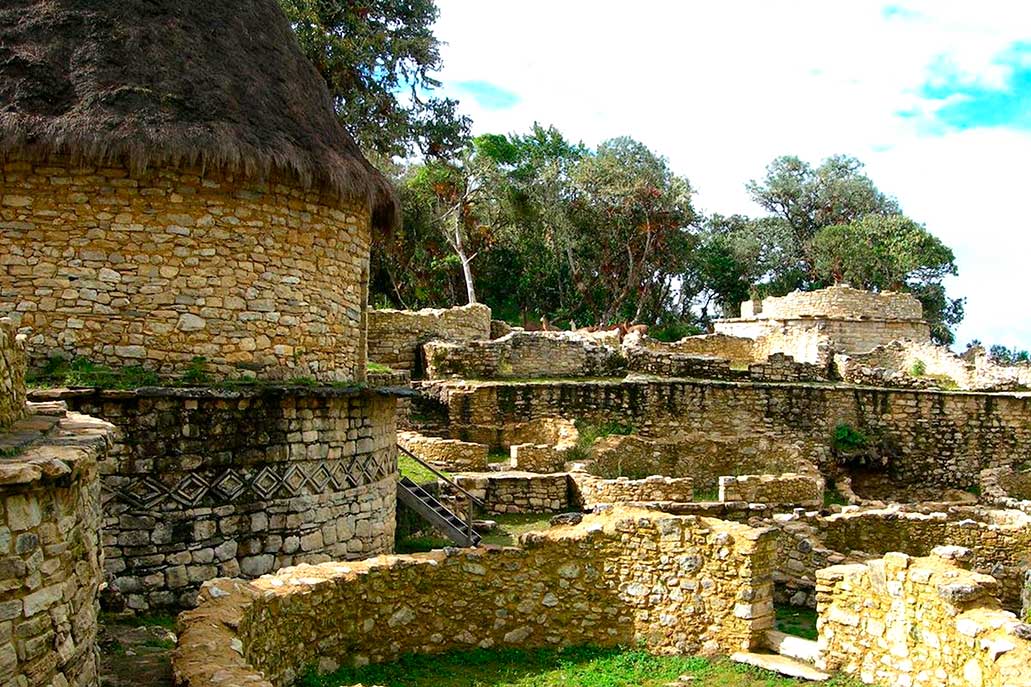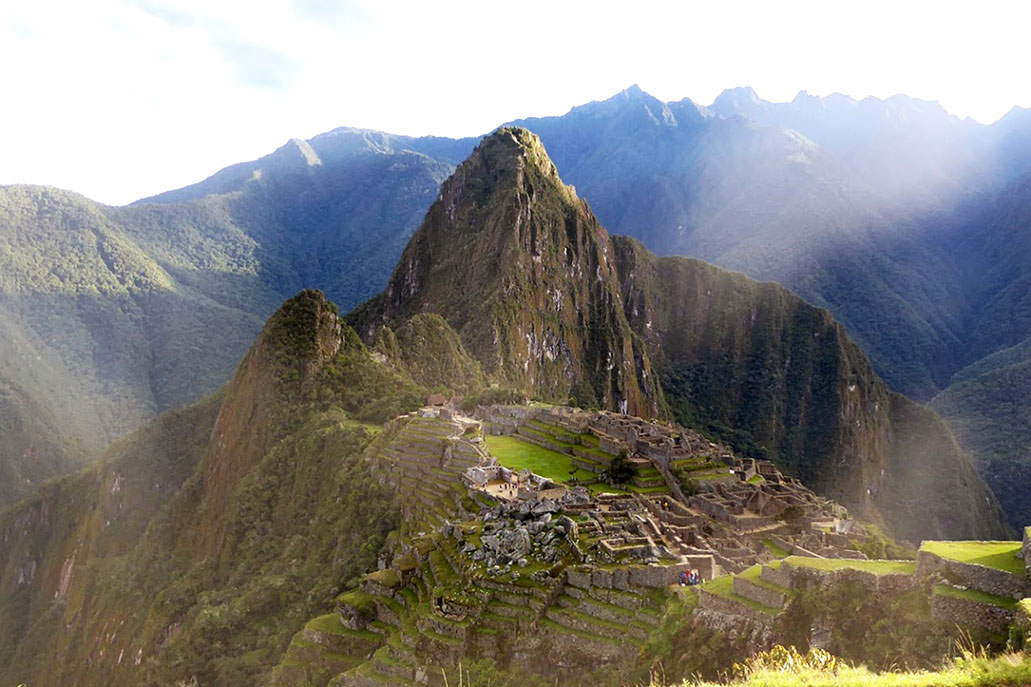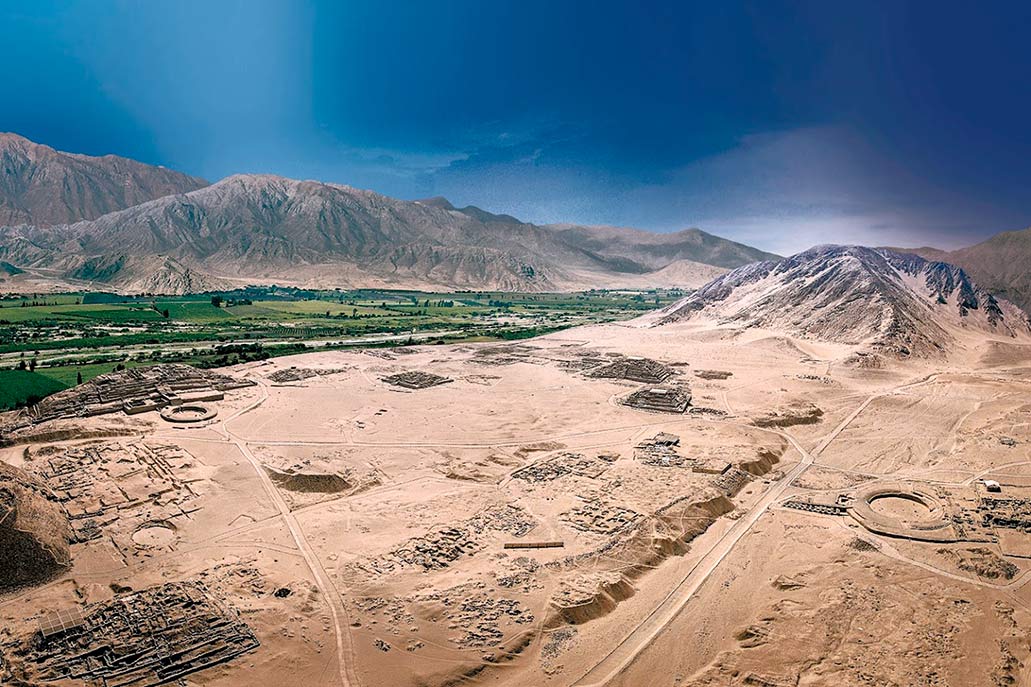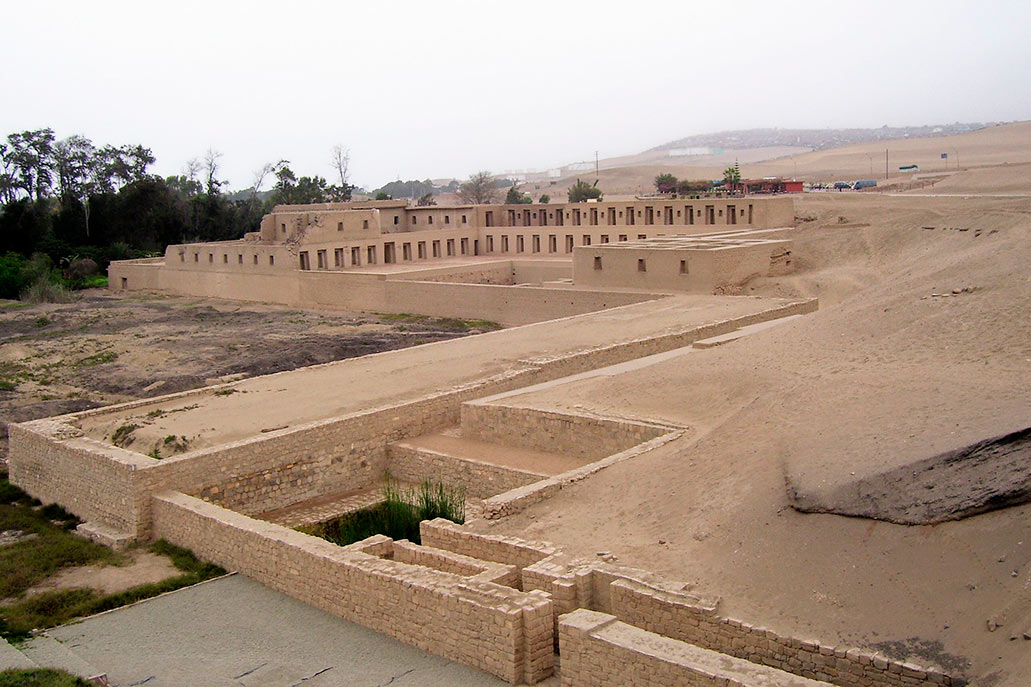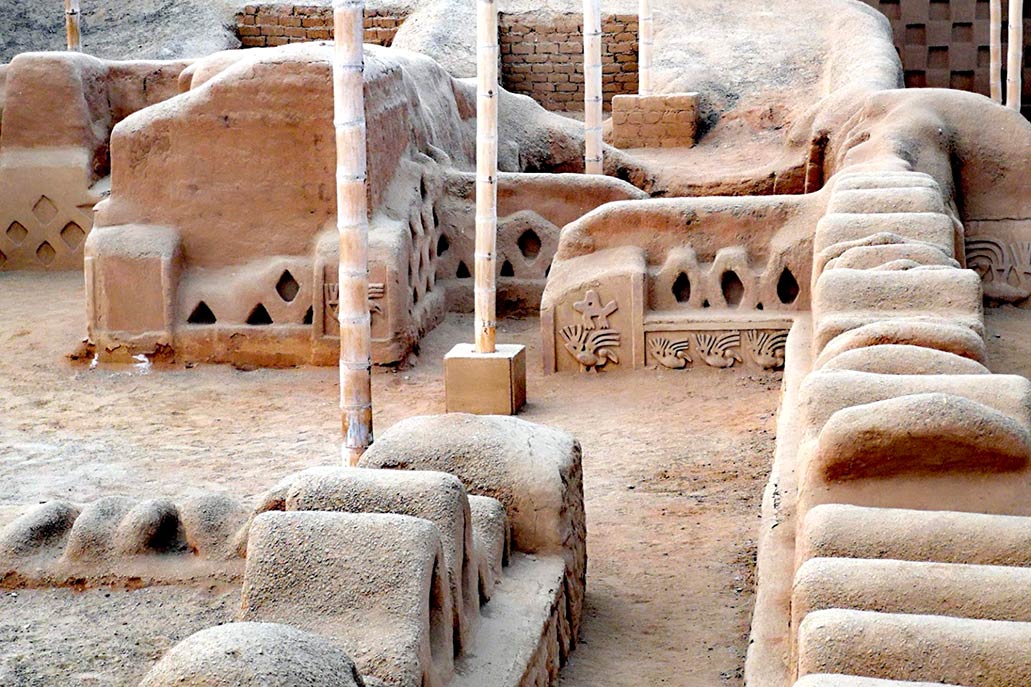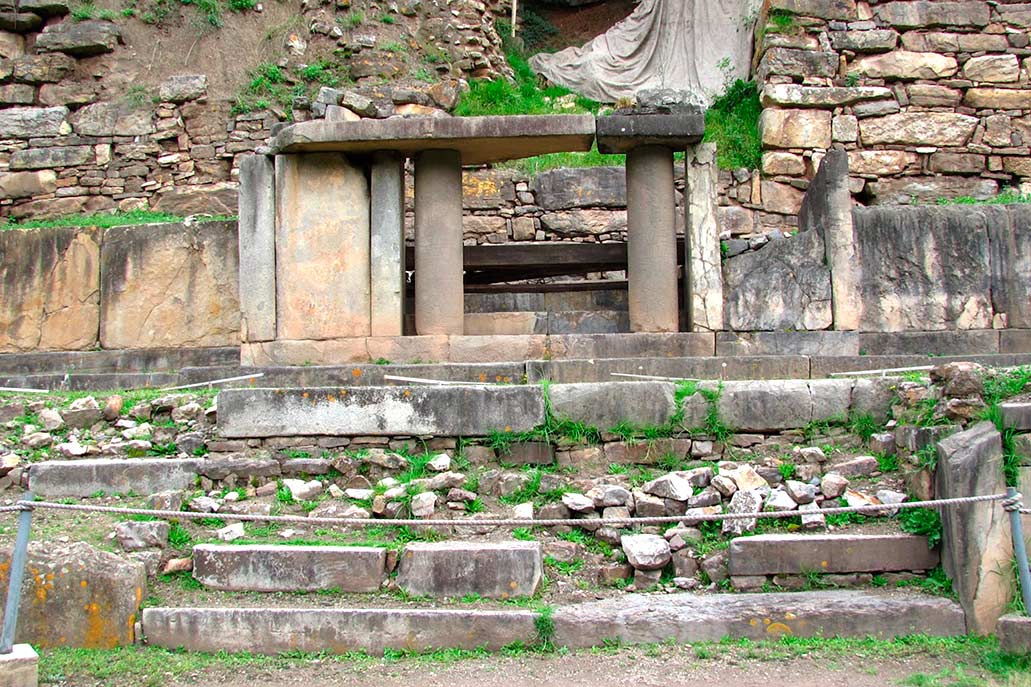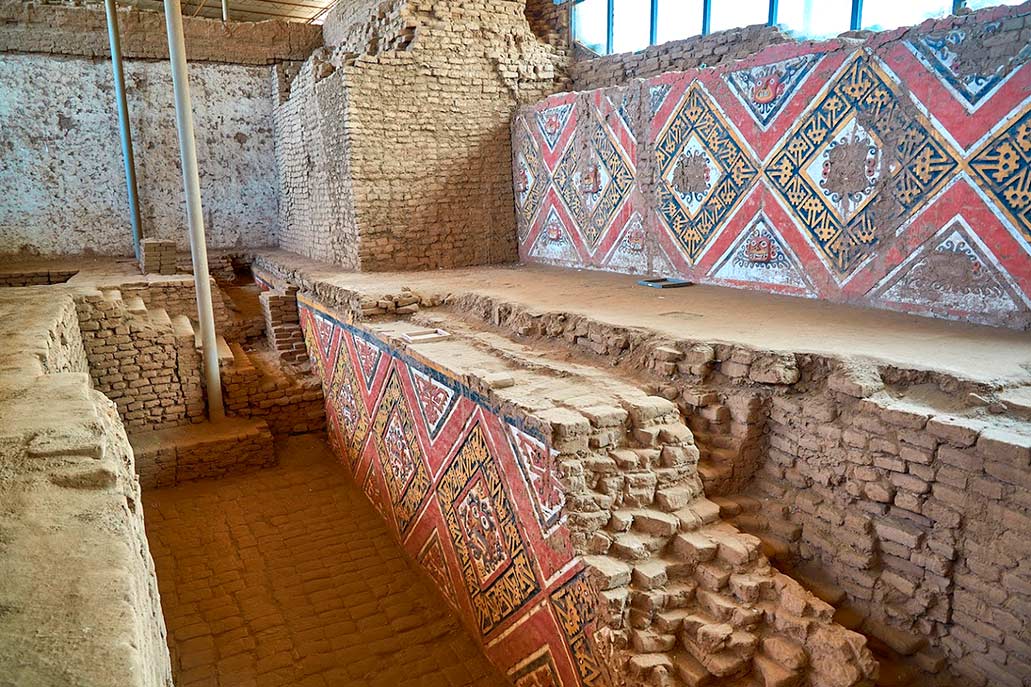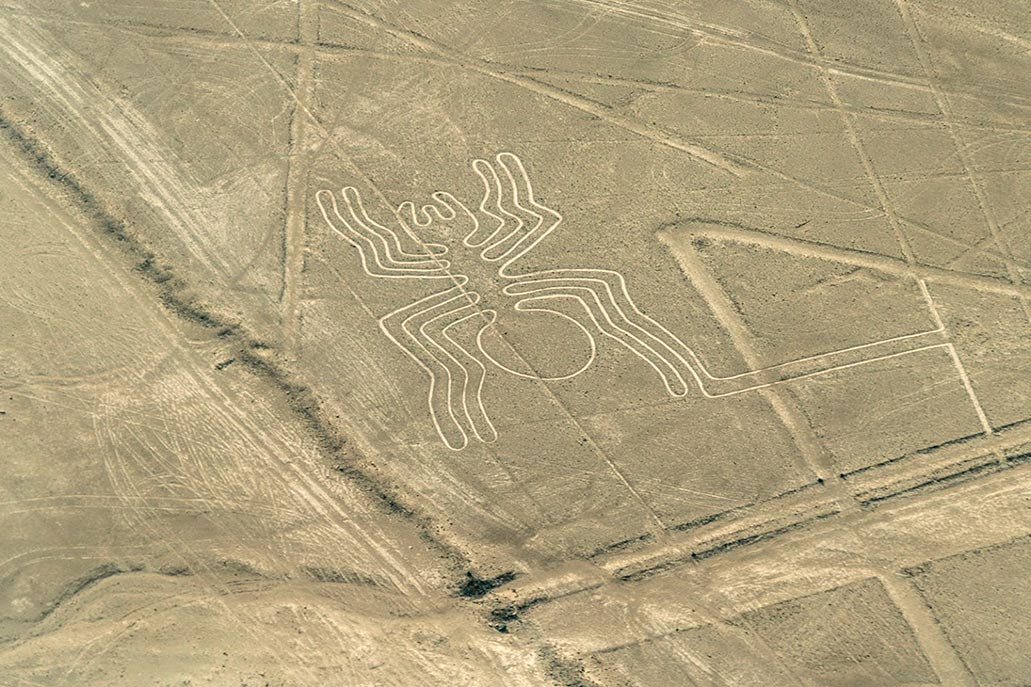8 archaeological sites that you must visit in Peru
Peru has a history whose first civilization (Caral) dates back more than 5 thousand years. Perhaps the most famous architectural work of the first Peruvians is Machu Picchu, considered one of the 7 wonders of the modern world. However, in Peru there are many other places to visit and where you can get to know the hand of the ancient Peruvian man. Get to know the 8 archaeological sites that you must visit.
Content
- Machu Picchu, the Wonder of the World
- Caral, cradle of the oldest civilization in America
- Kuelap, the Chachapoyas’ fortress
- Pachacamac, the most important sanctuary in southern Peru
- Chan Chan, the capital of the Chimú culture
- Chavín de Huantar, the religious center of the Chavín culture
- Huacas of the sun and the moon, the sacred temple of the Mochicas
- The Nazca lines, the astronomical calendar of the Nazca culture
Machu Picchu, the Wonder of the World
Machu Picchu was an Inca citadel and religious center built in 1450 AD , by order of Emperor Pachacutec. It is located in the Vilcabamba mountain range, at an altitude of 2,430 meters above sea level (about 80 kilometers from the city of Cusco). It is recognized as a World Heritage Site by Unesco.
Machu Picchu has finely carved stone architecture to form terraces, enclosures, temples, platforms and more. It has a special high jungle mountainous landscape. It is visited by approximately 1 million people a year. It is one of the most photographed and visited tourist attractions on the planet. In 2008 it was declared a wonder of the modern world.
- Where is it? In the district of Machupicchu (Hot Water), Urubamba province – Cusco.
- How much does the ticket cost? 152 soles for foreign tourists / 64 soles for Peruvian tourists.
Caral, cradle of the oldest civilization in America
Caral is a citadel built by the Caral culture, approximately in 3 thousand BC Due to its antiquity it is considered the ‘cradle of Peruvian civilization’ or ‘the oldest city in America’. It is located north of Lima (182 kilometers by road). It is presumed that the name ‘caral’ comes from an ancestor language of Quechua which means ‘reed’ or ‘fiber’.
Caral’s discovery in 1997 changed the foundations of Peruvian archaeology. It is made up of several diverse constructions with administrative, public, housing, temples and more functions. Its extension covers 66 hectares. It is estimated that between 1,000 and 3,000 people lived there. Today it is one of the most visited tourist attractions in Lima.
- Where is it? In the Supe Valley, Barranca province, north of Lima (182 kilometers along the North Pan-American Highway).
- How much does the entrance cost? 11 soles for national and foreign adults.
Kuelap, the Chachapoyas’ fortress
Kuélap is a citadel and religious center built by the Chachapoyas (pre-Inca) culture in the 8th century. Due to its tall architecture and difficult access, it is presumed that it was a fortress. However, it was actually a small citadel built as a refuge in cases of natural disasters. It is the great tourist attraction of the northern jungle of Peru, in the Amazonas region.
Kuelap’s architecture amazes. He was formed on the rugged crests of a high rock . Its highest platform is 600 meters in diameter and boasts walls up to 19 meters high. Its most important buildings are the main access, the main temple, the circular platform, the kallanca, the tower, the Inca tomb of the upper southern town and more. You get there with a final section by cable car of 4.5 kilometers in length.
- Where is it? It is located in the Utcubamba valley, district of Tingo, province of Luya in the department of Amazonas.
- How much does the ticket cost? 21.70 soles for the cable car ride (round trip). The entrance costs 30 soles for nationals and foreigners.
Pachacamac, the most important sanctuary in southern Peru
Pachacamac was the most important sanctuary and oracle of the Ancient Peru. It is located in the valley of Lurín, in the south of the city of Lima. It has an extension of more than 500 hectares. It was built and inhabited by various cultures until the arrival of the Spanish in the 16th century. The first inhabitants were the Lima culture, the Wari culture, the Ychma culture and the conquest of the Incas.
Throughout its history Pachacamac was adored by different populations, who remodeled and built new structures, such as the Inca acllahuasi, the Tauri Chumpi building or the temple of the moon. The Pachacamac idol was a 234 centimeter wooden oracle guarded by priests. Today a didactic museum was built there that explains very well the importance of the place.
- Where is it? In the Lurín Valley, district of Lurín, south of the city of Lima (36 kilometers by road).
- How much does the entrance cost? 15 soles for national and foreign tourists.
Chan Chan, the capital of the Chimú culture
Chan Chan is a mud city built in northern Peru by the Chimúes. Due to its extension (20 square kilometers) it is considered the ‘largest mud city in America’. It is located just 5 kilometers from the city of Trujillo, department of La Libertad. It is designated a World Heritage Site by Unesco.
Chan Chan, translated from the Chimú language, means ‘shining sun’. It was the capital of the Chimú culture that flourished between 700 and 1,400 AD It has an architecture made up of walls, squares, deposits, water wells, enclosures, temples, funerary platforms and more. Due to its history and architecture, it is one of the most visited tourist attractions in northern Peru.
- Where is it? 5 kilometers from the city of Trujillo, department of La Libertad in northern Peru.
- How much does the entrance cost? 11 Peruvian soles for national and foreign tourists (tour guide not included).
Chavín de Huantar, the religious center of the Chavín culture
Chavín de Huantar was the most important religious and administrative center of the Chavín culture (from 1,500 BC to 550 BC). It is located in the district of the same name, province of Huari in the department of Áncash, in the central highlands of Peru. It was occupied and built between 1,500 BC and 300 BC. It is famous for constructions such as the ‘cabezas clavas’ of Chavín. Due to its historical importance, it is considered a ‘World Heritage Site by Unesco’.
The archaeological site of Chavín de Huantar covers an area of 14.79 hectares. It is made up of different sectors such as: The New Temple, the Old Temple (where the famous Lanzón is located), the North Structure, the Circular square, the Tello Pyramid, the North Platform, the South Platform and the Circular square. It is one of the oldest and most important places in the history of Peru.
- Where is it? In the district of Chavín de Huantar, province of Huari, department of Áncash.
- How much does the entrance cost? 10 Peruvian soles for national and foreign tourists (tour guide not included).
Huacas of the sun and the moon, the sacred temple of the Mochicas
The huacas of the sun and the moon are located just 5 kilometers south of the city of Trujillo in the department of La Libertad. These are two temples built by the Mochica culture from the 1st century BC and abandoned in the 9th century AD The huaca of the moon was the first building. Just 500 meters away, the Huaca of the sun was built.
The huaca of the moon had a religious function while the huaca of the sun had a political one. Between both buildings there is an area of several floors for the housing of the middle and upper class population. Both buildings stand out for their terraces, sacrificial rooms, pyramids, and walls adorned with murals. It is one of the most visited archaeological sites in Peru!
- Where is it? Both Moche buildings are in the Moche valley, 5 kilometers from the city of Trujillo, department of La Libertad.
- How much does the entrance cost? The entrance to both sites costs 10 soles for national and foreign adults.
The Nazca lines, the astronomical calendar of the Nazca culture
The Nazca lines are one of the most famous archaeological centers in Peru in the world. It was an astronomical calendar made with geoglyphs (with zoomorphic, phytomorphic and geometric figures) in the desert and designed by the Nazca culture between 200 BC and 600 BC Due to its historical importance, it is recognized as a World Heritage Site by Unesco.
The Nazca lines are located on the Nazca, Palpa and Socos pampas in the Nazca district, Ica department, southern Peru. It covers an area of 520 square kilometers. The figures can reach 275 meters in length. They are only seen flying through the sky in a plane. It is one of the most visited tourist sites in Peru.
- Where is it? In the district of Nazca, department of Inca, in southern Peru (and 419 kilometers by road from the city of Lima).
- How much does the entrance cost? The cost of flying over the Nazca lines in a small plane varies between 80 and 100 US dollars.
By Machupicchu Terra – Last updated, August 28, 2023
